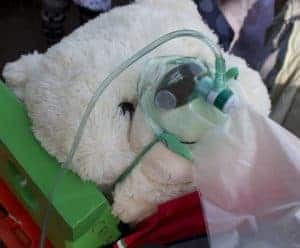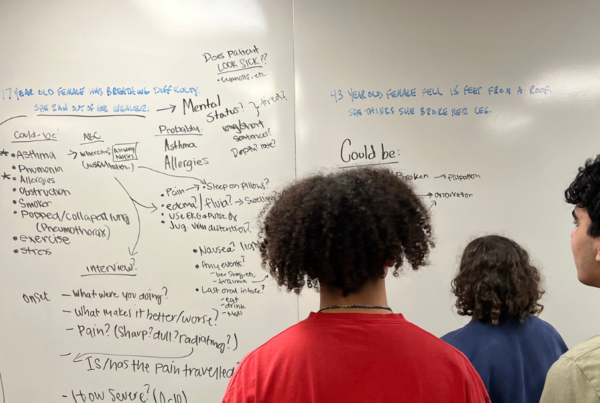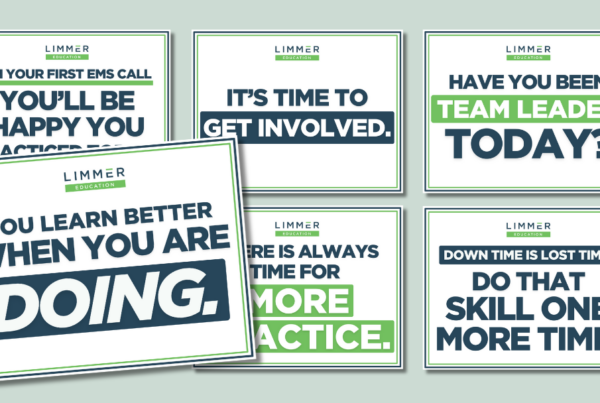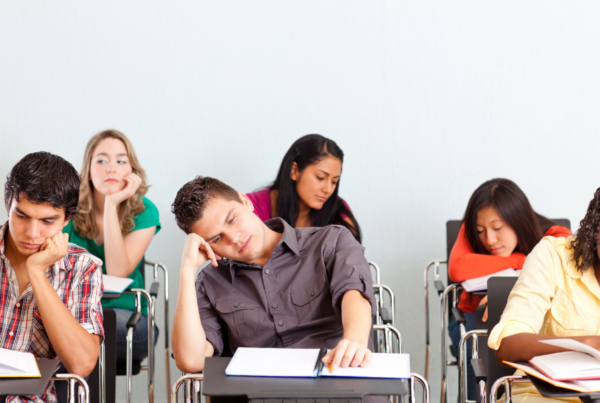Now that we’re a couple weeks into nationwide, COVID-19-related educational disruption, many educators have gotten an online program going for instruction. (We have a resource guide to help with that.) But that still leaves practical skills assessments and exams. How do you administer these when people can’t be within six feet of each other?
We asked our Facebook followers what they’re doing for practicals during this time, and got a pretty good variety of responses. You can see the post and all of the responses here, but for those of you who aren’t on Facebook, we went ahead and compiled the responses into categories below.
While we did hear that a lot of practical sessions are simply on hold (and in some cases, the entire class is on hold), it also seems that quite a few programs are finding nontraditional ways to make sure students are getting skills practice, even from a distance.
Practicals through Video Conferencing
This seems to be the most popular choice, whether using Zoom, Google or another teleconferencing platform. Students join scheduled, virtual meetings with their instructor and from their living rooms they act out given scenarios. You’ve probably had your class perform similar exercises in class.
Some educators mentioned they have lab groups design their own scenarios to present to classmates, who then assess and treat for that scenario. This is a great flipped class exercise! The process of coming up with scenario details and outlining possible treatment helps get past fact-regurgitation and robotic step-following, and into a more practical mindset.
 What’s interesting is the variety of “patients” that programs use for these online scenarios. Some students use a combination of on-screen pantomime and verbalization; some create stand-in manikins and equipment with household items; and some are lucky enough to be issued a real manikin through their program.
What’s interesting is the variety of “patients” that programs use for these online scenarios. Some students use a combination of on-screen pantomime and verbalization; some create stand-in manikins and equipment with household items; and some are lucky enough to be issued a real manikin through their program.
We are utilizing at home mannequins that can be created with household supplies. This allows students to still have scenarios. We are currently working on an improvised kit that would allow the students to practice skills for trauma and medical. — Nick Larmer
Practicals with Social Distancing
As of late March, some programs were allowing small groups of symptom-free students and educators to continue to meet for practicals. Each group would work together to sanitize equipment and rooms after use. With coronavirus cases on the rise and more areas falling under Stay at Home orders, in-person meetups are probably coming to an end.
However, some in-person practicals can continue for students working with preceptors. If they already have a position in an EMS agency, fire department or hospital, it’s likely they also have essential status. Many programs are using this to their advantage for completing skills assessments, using preceptors to assist in provisional assessment and verification.
“Our students are employed by services right now. We are going to be using their preceptors to assist in skills while they work and do a final skills verification once we return to face-to-face instruction.” — Benji McCollum
NREMT Practicals During COVID-19
Last week, the National Registry made temporary changes to the administration rules for psychomotor examinations during COVID-19. The changes include: standard manikins may be used in place of simulated patients; professional paramedic partners and EMT assistants are not needed; and high-fidelity simulators are not required for IOOH skills. See the complete update here.
How are you handling practicals during this time? What’s been most effective or least effective? Leave a comment below!


